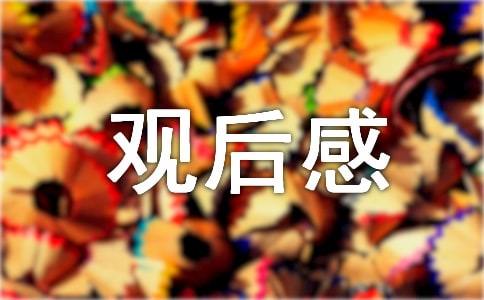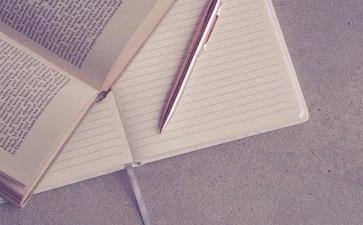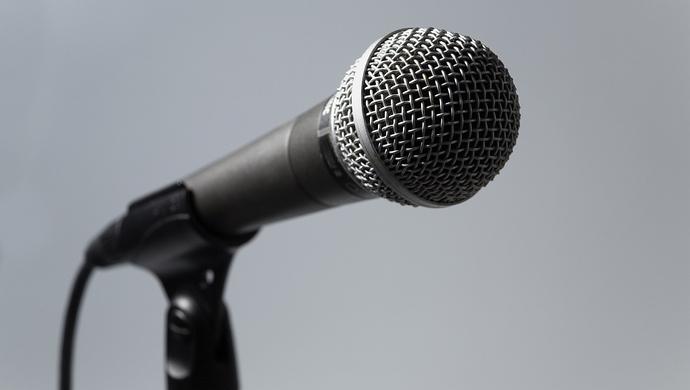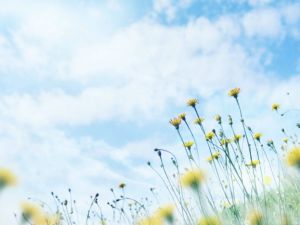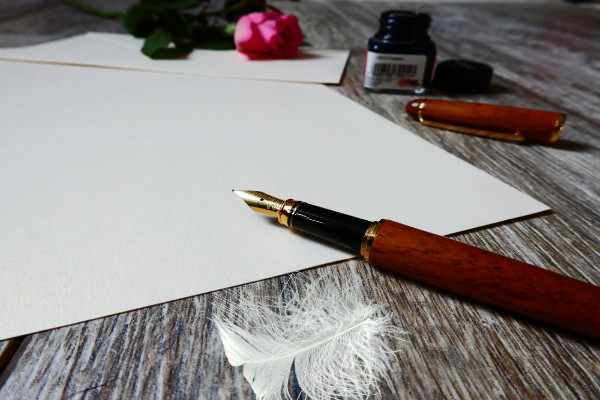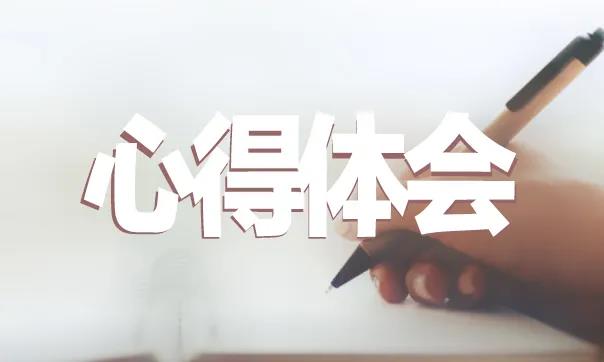下面是小编为大家整理的2023年度最全故宫英文导游词4篇(2023年),供大家参考。
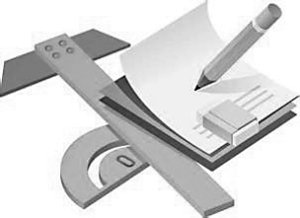
最全故宫英文导游词(精选4篇)
最全故宫英文导游词 篇1
(In front of the meridian gate)
Ladies and Gentlemen:
I am pleased to serve as your guide today。
This is the palace museum; also know as the Purple Forbidden City。 It is the largest and most well reserved imperial residence in China today。 Under Ming Emperor Yongle, construction began in 1406。 It took 14years to build the Forbidden City。 The first ruler who actually lived here was Ming Emperor Zhudi。 For five centuries thereafter, it continued to be the residence of23 successive emperors until 1911 when Qing Emperor Puyi was forced to abdicate the throne。 In 1987, the United Nations Educational, Scientific and Cultural Organization recognized the Forbidden City was a world cultural legacy。
It is believed that the Palace Museum, or Zi Jin Cheng (Purple Forbidden City), got its name from astronomy folklore, The ancient astronomers divided the constellations into groups and centered them around the Ziwei Yuan (North Star) 。 The constellation containing the North Star was called the Constellation of Heavenly God and star itself was called the purple palace。 Because the emperor was supposedly the son of the heavenly gods, his central and dominant position would be further highlighted the use of the word purple in the name of his residence。 In folklore, the term “an eastern purple cloud is drifting” became a metaphor for auspicious events after a purple cloud was seen drifting eastward immediately before the arrival of an ancient philosopher, LaoZi, to the Hanghu Pass。 Here, purple is associated with auspicious developments。 The word jin (forbidden) is self-explanatory as the imperial palace was heavily guarded and off-explanatory as the imperial palace was heavily guarded and off-limits to ordinary people。
The red and yellow used on the palace walls and roofs are also symbolic。 Red represents happiness, good fortune and wealth。 Yellow is the color of the earth on the Loess Plateau, the original home of the Chinese people。 Yellow became an imperial color during the Tang dynasty, when only members of the royal family were allowed to wear it and use it in their architecture。
The Forbidden City is rectangular in shape。 It is 960 meters long from north to south and 750 meter wide from east west。 It has 9,900 rooms under a total roof area 150,000 square meters。 A 52-meter-wide-moat encircles a 9。 9-meter—high wall which encloses the complex。 Octagon —shaped turrets rest on the four corners of the wall。 There are four entrances into the city: the Meridian Gate to the south, the Shenwu Gate (Gate of Military Prowess) to the north, and the Xihua Gate (Gate of military Prowess) to the north, and the Xihua Gate (Western Flowery Gate ) to the west, the Donghua (Eastern Flowery Gate) to the east。
Manpower and materials throughout the country were used to build the Forbidden City。 A total of 230,000 artisans and one million laborers were employed。 Marble was quarried from fangshan Country Mount Pan in Jixian County in Hebei Province。 Granite was quarried in Quyang County in Hebei Province。 Paving blocks were fired in kilns in Suzhou in southern China。 Bricks and scarlet pigmentation used on the palatial walls came from linqing in Shandong Province。 Timber was cut, processed and hauled from the northwestern and southern regions。
最全故宫英文导游词 篇2
Everybody is good! Welcome to the Palace Museum tourists sightseeing. Today, I will take you visit the Forbidden City, in the hope that visitors can enjoy me!!!!!!!
The tourists! The Palace Museum is in the Ming and qing dynasties imperial palace, the Forbidden City built on the basis of a collection of ancient buildings, collection, imperial palace culture art as one of the large-scale comprehensive museum. The Forbidden City covers an area of about more than 100 square meters, construction area of about 1 square meters. A total of 24 emperors lived in the Forbidden City, the first is the Ming dynasty yongle emperor zhu di, the last one is the qing dynasty xuantong emperor, puyi, ruled the country for 491 years. So the Palace Museum of history is very long!
Visitors, please look up, this is the meridian gate, in ancient times, what kill people to kill in front of the meridian gate! From the meridian gate, we can see the jinshui bridge. From the jinshui bridge in the past, a gate, can see the Palace Museum of taihe palace, zhonghe palace and Baohe Palace, is the place where the emperor emperor, very grand. Out of Baohe Palace, a gate of heavenly purity, came to the palace of heavenly purity, this temple and palace of earthly tranquility, legend built the Forbidden City, is in order to world peace, to take these three places? Kun ning door, is the imperial garden, the garden scenery beautiful, there are a number of strange stone, come across these stones, remember pictures to commemorate!
Before the gate is her virginity and creature door, our trip to the Forbidden City is over. Look at this magnificent palace, and some loathe to give up?
最全故宫英文导游词 篇3
Ladies and gentlemen:
The Palace Museum is located in the center of Beijing. It is also known as the Forbidden City in the old days. Actually it was the imperial palace for the emperors and served as both living quarters and the venue of the state administration in the Ming and Qing dynasties. Its name, on the one hand, comes from ancient Chinese astronomers' belief that God's abode or the Purple Palace, the pivot of the celestial world, is located in the Pole Star, at the center of the heavens . Hence, as the Son of God, the emperor should live in the Purple City. On the other hand, except for palace maids, eunuchs and guards, ordinary the Forbidden City and the Purple City.
It took 14 years to complete the magnificent palace. Construction began in 1406 and finished in 1420. The following year, in 1421 the capital of the Ming Dynasty was moved from Nanjing to Beijing. Starting from the third emperor of the Ming Dynasty Zhu Di to the last emperor of the Qing Dynasty Pu Yi, altogether 24 emperors lived here for a total of 491 years. 14 of then were Ming emperors and 10 were Qing emperors.
The Forbidden City covers an area of 72 hectares with a total floor space of about 163,000 square meters. It is rectangular in shape, 960 meters long from north to south and 750 meters wide from east to west with a10-meter high city wall surrounded and encircled by a 52 meter-wide moat. At each corner of the surrounding wall, there is a magnificent watchtower which was heavily guarded in the old days.
The Forbidden City now consists of more than 90 palaces and courtyards, 980 buildings with rooms of 8,704. Most of the structures in the Forbidden City were made of wood with white marble, stone or brick foundations. The building materials were from parts of our country. The timber came from Sichuan, Guizhou, Guandxi, Hunan and Yunnan provinces in southwest China. But in the Qing Dynasty, the timbers were transported from northeast China. Other construction materials, including brick, stone and lime, were used by both Dynasties. The golden bricks that paved the halls were manufactured in Suzhou, refined bricks used to build the foundation of halls were made in Linqing, and lime came from Yizhou. White marble was provided regularly by Fangshan County and glazed tiles by Sanjiadian.
The Forbidden City can be divided into two parts: the Outer Court and the Inner Palace. The Outer Court consists of three main buildings where the emperors attended the grand of rear three main buildings and the six eastern palaces and six western palaces where the emperor used to handle daily affairs and the living quarters for the emperor, empress and imperial concubines to live in.
The Forbidden City is the best-preserved imperial palace in China and the largest ancient palatial structure in the world. In 1987 it was listed as the world cultural heritage by UNESCO.
The Meridian Gate is the main entrance to the Forbidden City. It is called Meridian Gate because the emperor believed that the meridian line went right through the Forbidden City and his imperial residence was the center of the whole universe. It is 35.6meters high with five towers on the top, so it is also nicknames as the “Five-Phoenix Tower.”
The Meridian Gate was the place to announce the new lunar year calendar on the first day of 10th lunar month every year. Lanterns would also be hung up on the Meridian Gate on the 15th day of the first lunar month during the Ming Dynasty, when all the officials would have a feast in the Forbidden City and ordinary citizens, when all the officials would have a fast in the Forbidden City and ordinary citizens would go to the Meridian Gate to look at the beautiful lanterns. When a general returned from battle, the ceremony of “Accepting Captives of War” was held here. The “Court Beating” also took place here.
The gate has five openings. The central passageway was for the emperor exclusively. But apart from the emperor, the empress could use the central passageway on the day of the imperial wedding ceremony. However, after the palace examination, the first top three outstanding scholars were allowed to go through the central gate. The high-ranking civil and military officials went in through the side gate on the east. The two smaller ones on both sides at the corner were for the lowranking officials. During the Palace Examination all the candidates went in from these two side-gates according to the odd number or even number.
最全故宫英文导游词 篇4
Lying at the center of Beijing, the Forbidden City, called Gu Gong, in Chinese, was the imperial palace during the Ming and Qing dynasties. Now known as the Palace Museum, it is to the north of Tiananmen Square. Rectangular in shape, it is the world‘s largest palace complex and covers 74 hectares. Surrounded by a six meter deep moat and a ten meter high wall are 9,999 buildings. The wall has a gate on each side. Opposite the Tiananmen Gate, to the north is the Gate of Devine Might (Shenwumen), which faces Jingshan Park. The distance between these two gates is 960 meters, while the distance between the gates in the east and west walls is 750 meters. There are unique and delicately structured towers on each of the four corners of the curtain wall. These afford views over both the palace and the city outside. The Forbidden City is divided into two parts. The southern section, or the Outer Court was where the emperor exercised his supreme power over the nation. The northern section, or the Inner Court was where he lived with his royal family. Until 1924 when the last emperor of China was driven from the Inner Court, fourteen emperors of the Ming dynasty and ten emperors of the Qing dynasty had reigned here. Having been the imperial palace for some five centuries, it houses numerous rare treasures and curiosities. Listed by UNESCO as a World Cultural Heritage Site in 1987, the Palace Museum is now one of the most popular tourist attractions world wide.
Construction of the palace complex began in 1407, the 5th year of the Yongle reign of the third emperor of the Ming dynasty. It was completed fourteen years later in 1420. It was said that a million workers including one hundred thousand artisans were driven into the long-term hard labor. Stone needed was quarried from Fangshan, a suburb of Beijing. It was said a well was dug every fifty meters along the road in order to pour water onto the road in winter to slide huge stones on ice into the city. Huge amounts of timber and other materials were freighted from faraway provinces. Ancient Chinese people displayed their very considerable skills in building the Forbidden City. Take the grand red city wall for example. It has an 8.6 meters wide base reducing to 6.66 meters wide at the top. The angular shape of the wall totally frustrates attempts to climb it. The bricks were made from white lime and glutinous rice while the cement is made from glutinous rice and egg whites. These incredible materials make the wall extraordinarily strong.
Since yellow is the symbol of the royal family, it is the dominant color in the Forbidden City. Roofs are built with yellow glazed tiles; decorations in the palace are painted yellow; even the bricks on the ground are made yellow by a special process. However, there is one exception. Wenyuange, the royal library, has a black roof. The reason is that it was believed black represented water then and could extinguish fire.
Nowadays, the Forbidden City, or the Palace Museum is open to tourists from home and abroad. Splendid painted decoration on these royal architectural wonders, the grand and deluxe halls, with their surprisingly magnificent treasures will certainly satisfy "modern civilians".
推荐访问:故宫 英文 最全 最全故宫英文导游词4篇 最全故宫英文导游词 故宫英文导游词完整版
